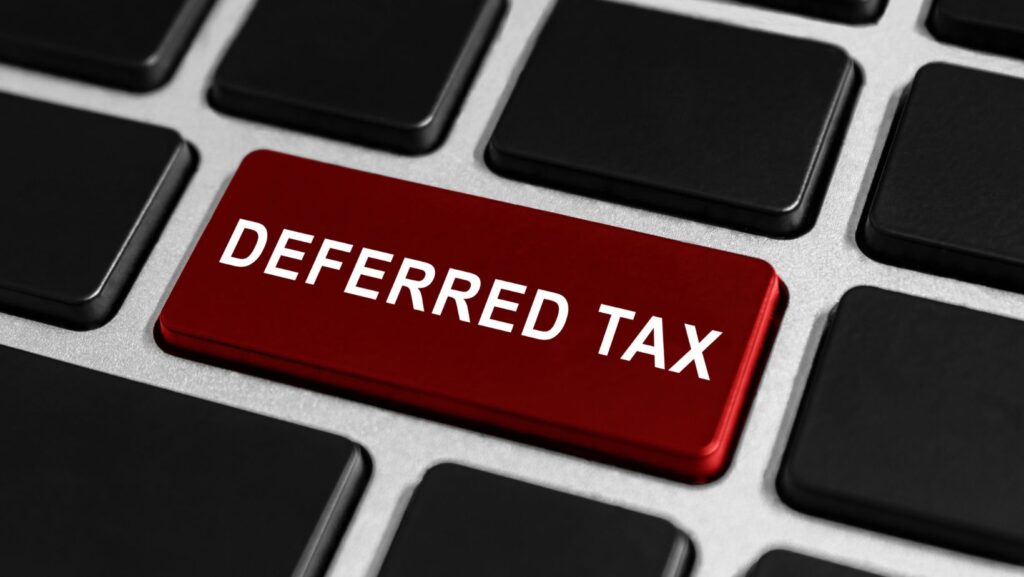The 1031 tax-deferred exchange is a powerful tool in real estate that allows investors to defer capital gains taxes on property sales. Instead of paying taxes on profit immediately, investors can “exchange” their property for a higher-valued one and use the proceeds to reinvest. While not tax-free, the deferral provides tax relief that helps investors grow their portfolios more effectively.
Contents
Table of Contents
ToggleHow Does It Benefit Real Estate Investment?
Increased Cash Flow Opportunities
- By deferring capital gains taxes, investors can reinvest sale proceeds back into their portfolios, boosting their cash flow for future growth. It’s like adding fuel to the fire of property appreciation, allowing investors to make the most of rising property values.
Enhanced Portfolio Diversification
- The 1031 tax deferred exchange allows for flexibility in property types, helping investors diversify and spread risk. This isn’t about tax evasion; it’s a strategic way to strengthen portfolios without breaking any regulations.
Essential Criteria for a Successful 1031 Exchange
To qualify, the exchange must comply with IRS rules: properties must be “like-kind,” meaning similar in nature and use. Eligible properties include commercial buildings, apartments, vacant land, and even residential rentals. Working with a qualified intermediary is essential to handle the transaction, as investors must not directly receive proceeds.
Timing Requirements
- The IRS requires that investors identify replacement property within 45 days of selling the original property and complete the purchase within 180 days.
Eligible Properties
Commercial Real Estate
- Properties like shopping centers, warehouses, and office buildings used for rental income can qualify for tax deferral benefits.
Land and Residential Rentals
- Vacant land, single-family homes, rental apartments, and multi-family units are also eligible for the exchange, making it versatile.
Common Mistakes to Avoid
Missed Deadlines
- Missing the 45-day identification or 180-day closing deadlines can nullify the exchange, making it a taxable event.
Choosing an Inexperienced Intermediary
- An inexperienced intermediary can jeopardize your exchange. It’s crucial to work with a knowledgeable professional to avoid errors.
Misunderstanding “Like-Kind” Requirements
- The IRS has specific rules on what qualifies as “like-kind,” so ensure that the replacement property meets these criteria.
Real-Life Example
Imagine an investor owns a residential property valued at $650,000, originally purchased for $450,000. With $200,000 in appreciation, the investor can defer taxes by reinvesting the full $650,000 into a new property through a 1031 exchange.
Strategies for Real Estate Investors
Property Quality Upgrades
- By exchanging lower-performing properties for higher-quality assets, investors can boost their portfolios.
Regional Reinvestment
- Diversifying into different regions allows investors to capitalize on growth in other markets.
Conclusion
The 1031 tax-deferred exchange is a strategic way to defer taxes while investing in more profitable properties. Understanding the rules and working with an experienced intermediary can open up long-term financial opportunities for investors, allowing them to reinvest, grow, and manage taxes effectively.



